by Liam Mar 21,2025
An indie developer with extensive experience creating games for the original Nintendo Switch offers compelling reasons why the brief glimpse of Mario Kart 9 hints at a significantly more powerful Switch 2. Last week's hardware reveal generated considerable excitement, yet Nintendo remained surprisingly tight-lipped about the console's technical capabilities. While upgrades like new Joy-Cons, a redesigned kickstand, and a larger form factor are evident, the Switch 2's raw power remains officially undisclosed.
However, the Mario Kart 9 footage in the reveal video may provide crucial clues. In a recent YouTube video (via GamesRadar), Jerrel Dulay of Sungrand Studios, a developer credited with working on late-stage Wii U and 3DS titles, shared his insights. His familiarity with Nintendo hardware lends significant weight to his analysis.
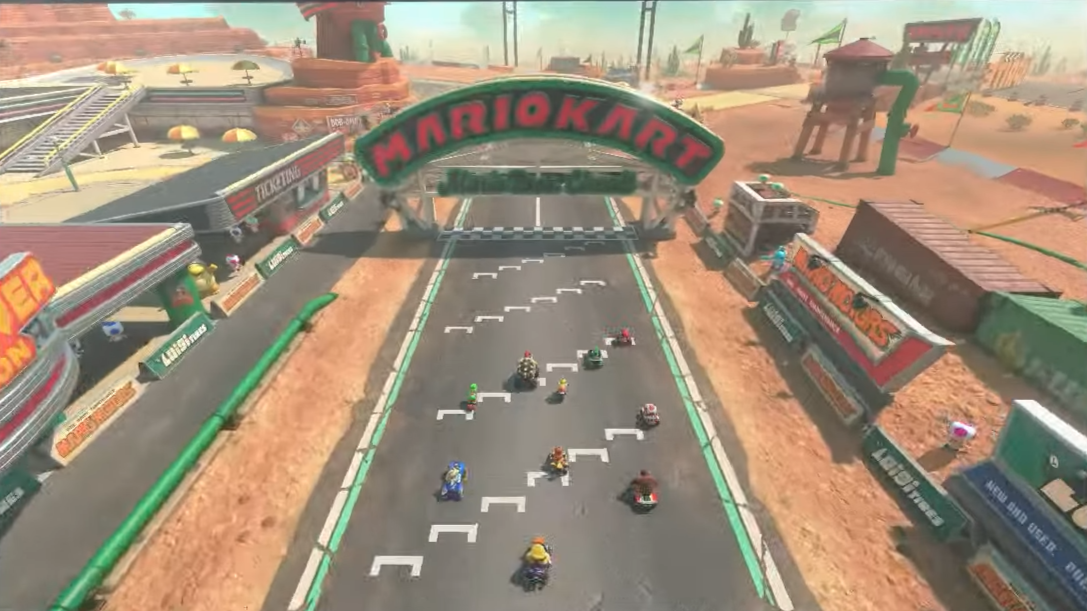
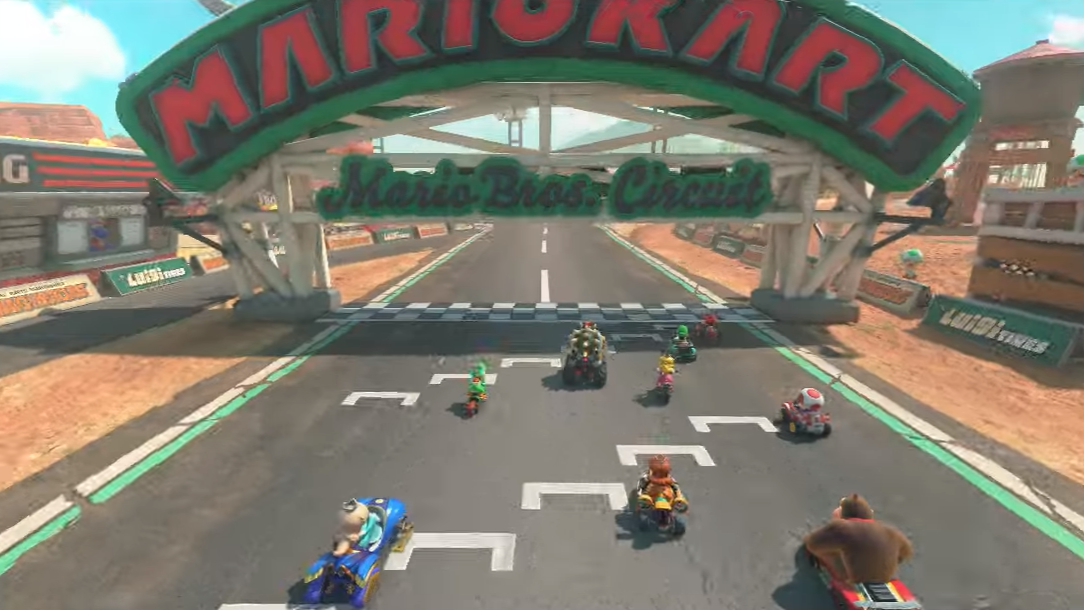 25 Images
25 Images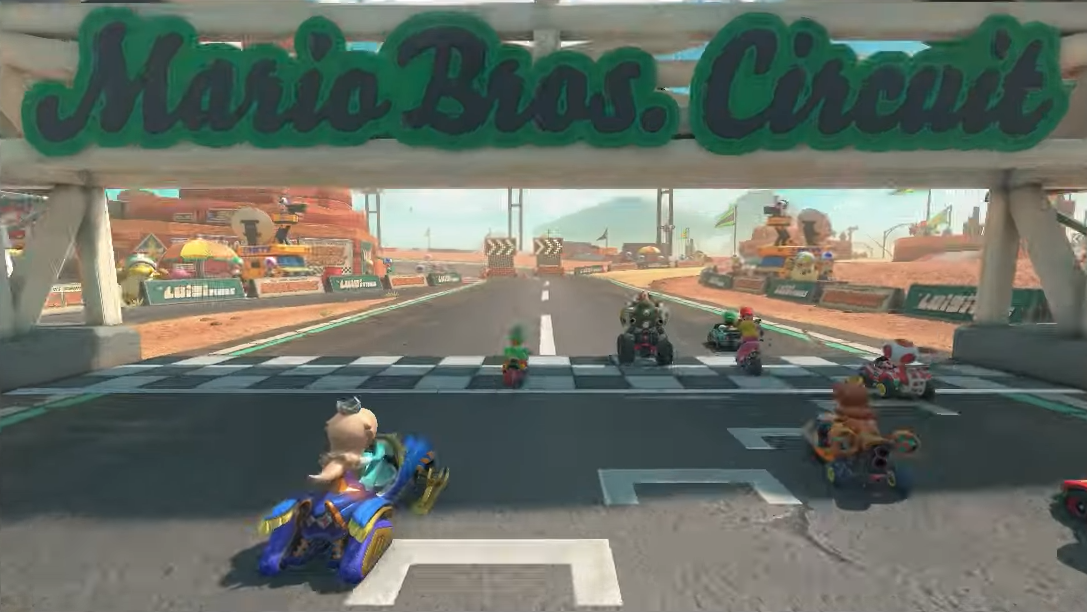
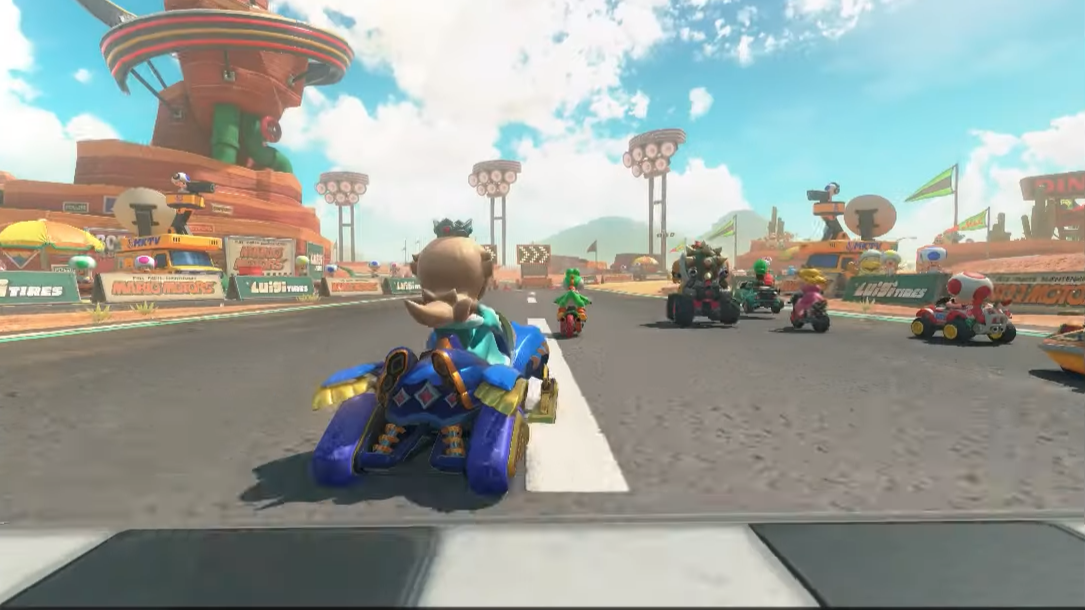

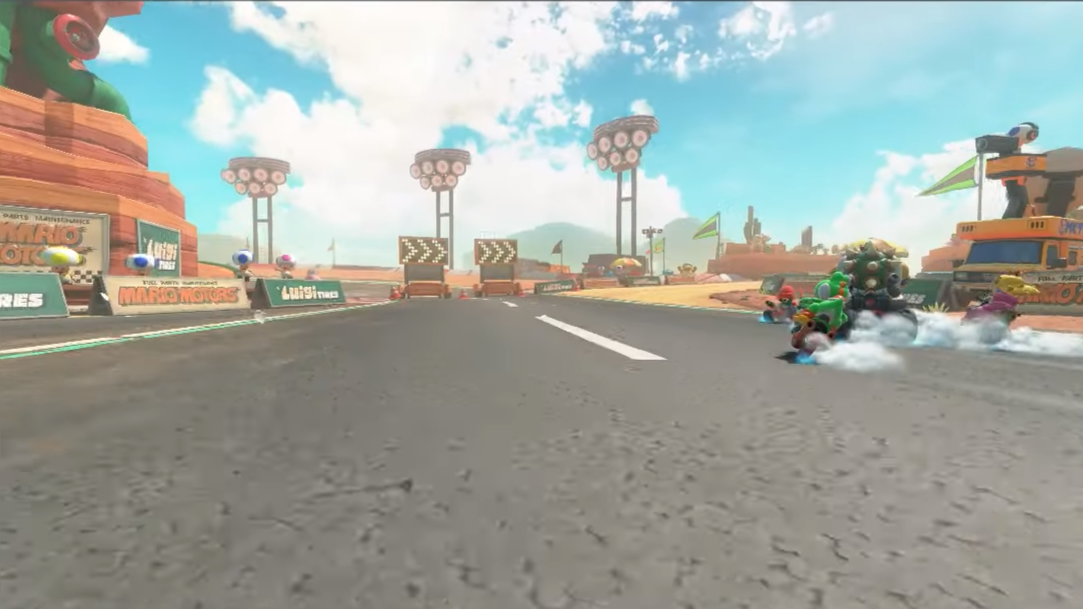
Dulay highlights the use of "physically-based shaders" on the cars and textures. These shaders, affected by reflections and lighting, were computationally demanding on the original Switch, often impacting frame rates. The Mario Kart 9 footage, however, showcases extensive use of these shaders, along with detailed material reflections.
Digital Foundry's late 2023 report (an extensive report) on the Switch 2's alleged Nvidia T239 ARM mobile chip, projected to have 1536 CUDA cores (approximately 40% fewer than the desktop RTX 3050), supports this claim. This aligns with Switch 2 motherboard leaks suggesting an 8nm chip. The original Switch's Tegra X1 chip had only 256 CUDA cores, representing a 500% increase in CUDA core count alone.
Dulay emphasizes the high-resolution ground textures, noting their significant memory requirements. The rumored 12GB of RAM in the Switch 2 (supported by motherboard leaks showing two 6GB SK Hynix LPDDR5 modules), compared to the original Switch's 4GB, is a key factor. While the exact RAM speed remains unknown, the potential for speeds up to 7500MHz (compared to the original Switch's 1600MHz) suggests a considerable increase in bandwidth, accelerating texture loading. He points out not only the high resolution but also the sheer number of unique textures used.
The footage also demonstrates "true volumetric lighting," a computationally intensive process considering distance and density. Dulay argues that the Switch 2's rendering of volumetric lighting at a smooth 60 frames per second is a strong indicator of its enhanced power, especially when compared to the challenges faced by developers on the original Switch. He also notes the far-reaching shadows, another computationally expensive effect.
Furthermore, the high number of onscreen textures, high-polycount characters, and real-time cloth physics on the flagpoles all point towards a significant leap in processing power compared to the original Switch.
In conclusion, while awaiting further details and footage from Nintendo's April Direct, Dulay's analysis provides valuable insight into the Switch 2's potential graphical capabilities, suggesting a substantial power upgrade compared to its predecessor. For more on the Switch 2, check out IGN's coverage.
AnswerSee Results"Clair Obscur: Expedition 33 Hits 1 Million Sales in 3 Days"
Roblox Deep Descent: January 2025 Codes Revealed
Ragnarok V: Returns Beginner's Guide - Classes, Controls, Quests, Gameplay Explained
How to Feed Villagers in Necesse
Bitlife: How to Complete the Renaissance Challenge
"Ōkami 2: Capcom, Kamiya, and Machine Head Discuss Sequel in Exclusive Interview"
Bahiti Hero Guide: Mastering the Epic Marksman in Whiteout Survival
Top 10 Liam Neeson Films Ranked